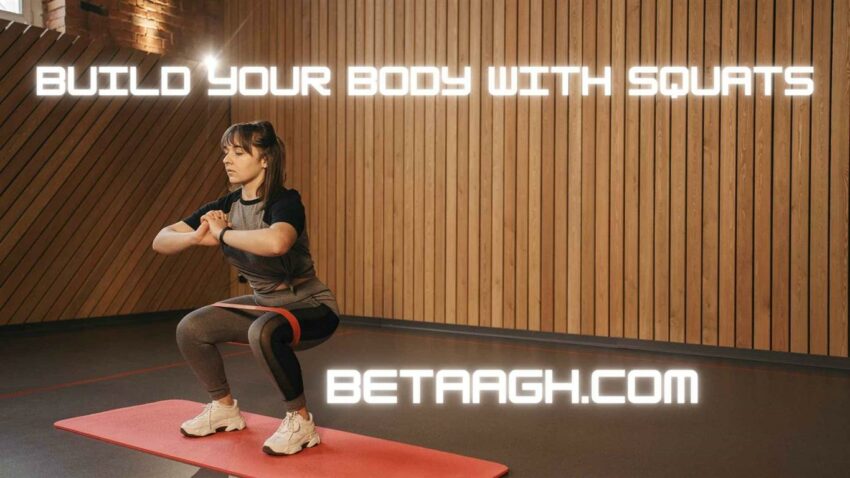Introduction
Among the myriad of exercises available for strengthening and conditioning, few are as universally respected as the squat. Often referred to as the “king of leg exercises,” squats are a compound movement that engages multiple muscle groups, offering a plethora of benefits for athletes and fitness enthusiasts alike. This article aims to shed light on the different types of squats, their benefits, and the proper techniques to maximize results.
What is a Squats?
At its core, a squat is a functional movement that mimics the act of sitting down and standing up. The exercise involves bending at the knees and hips while keeping the back straight, lowering the body, and then returning to a standing position. While it primarily targets the quadriceps, hamstrings, and glutes, squats also engage the lower back, abs, and even the shoulders when performed with weights.
Types of Squats
- Bodyweight Squats: Also known as air squats, these are performed without any additional weight. They are great for beginners or as a warm-up exercise.
- Back Squats: This involves resting a barbell on the upper traps and is the most common type of weighted squat.
- Front Squats: In this variation, the barbell rests on the front deltoids, requiring more balance and engaging the quads more intensely.
- Goblet Squats: Holding a kettlebell or dumbbell close to the chest, this squat variation is excellent for practicing form and is less stressful on the back.
- Overhead Squats: This advanced variation requires holding a barbell overhead while squatting, engaging the shoulders and core intensively.
Benefits of Squats
Strengthens Lower Body
The most obvious benefit is the strengthening of the leg muscles—quads, hamstrings, and glutes.
Core Engagement
Squats require stabilization from the abdominal and lower back muscles, making it an excellent exercise for building core strength.
Improved Bone Density
The weight-bearing aspect helps in improving bone density, thus reducing the risk of osteoporosis.
Enhanced Mobility
The range of motion involved in helps improve the flexibility of the hip, knee, and ankle joints.
Calorie Burn
Being a compound exercise, engage multiple muscle groups, which means they burn more calories compared to isolation exercises.
Proper Technique
- Starting Position: Stand with feet shoulder-width apart, chest lifted, and core engaged.
- The Descent: As you lower yourself, push your hips back and bend your knees, keeping them in line with your feet.
- The Ascent: Push through your heels to stand back up, fully extending your hips and knees at the top.
Common Mistakes
- Rounded Back: Always maintain a neutral spine. the back increases the risk of injury.
- Knees Caving In: Keep your knees in line with your feet throughout the movement to avoid stress on the knees.
- Limited Range: Try to squat as low as your mobility allows, ideally until the thighs are parallel to the ground or lower.
Adding Squats to Your Routine
For beginners, starting with bodyweight squats is advisable. As you get more comfortable, you can add weights and try different variations. A standard recommendation is 3-4 sets of 8-12 repetitions, performed 1-3 times a week, depending on your fitness level and goals.
Conclusion
Squats are a versatile and effective exercise for building strength, enhancing mobility, and improving overall fitness. They can be adapted to suit any fitness level and can be performed virtually anywhere. With proper technique and consistent practice, the humble squat can be a powerful tool in your fitness arsenal. Whether you are an athlete, a fitness enthusiast, or someone just starting on their fitness journey, incorporating squats into your routine is a decision you’re unlikely to regret.

